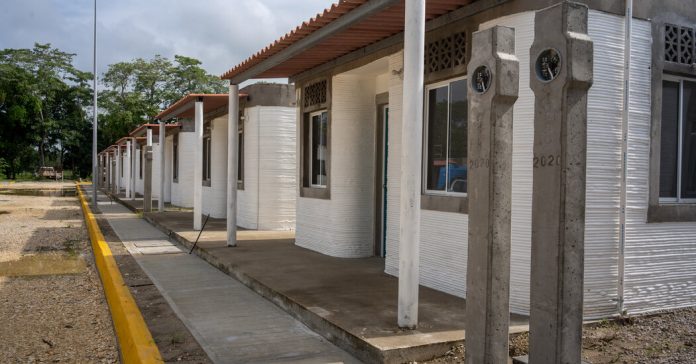6. The article states, “Nearly any object can be printed in 3-D.” What object would you most like to see printed and why — whether for practical or fun reasons? What questions do you still have about the technology and its possibilities?
7. Look at the photographs in the article: What do you notice and wonder about the homes? Would you want to live in a 3-D printed house? Why or why not?
Going Further
Option 1: Propose a 3-D printed solution to a problem in your community.
Today, 3-D printing is used to create cars, toys, furniture, guns, clothes, pizza and musical instruments. The article shows how the essential need of a home can be fulfilled safely, quickly and relatively cheaply using 3-D technology. How do you think 3-D printing might address other social issues and needs?
You might begin by brainstorming a list of challenges in your community. You could interview people in your family, school or neighborhood and find out what they see as the biggest needs in our society. Then, consider ways that 3-D printing technology could address or remedy those needs. What specific, replicable objects do you think would make a difference in people’s lives? How might the speed of production and, in some cases, accessibility and lower costs give a 3-D printer an advantage over other traditional solutions?
Your proposal should include the object you want to see created with a 3-D printer; the social issue, problem or need it would address; and why 3-D printing is better than other approaches. If you are inspired, include drawings or sketches of the object. Then, share your proposals with your class.
Option 2: Learn more about how 3-D printing is changing the world — and our future.
Watch this 12-minute VICE News video on how 3-D-printing innovations in recent years have brought a sea change in the fabrication of items including automobile parts and human biotissues. Or, read one of the Times articles below.
Then, write or discuss with a partner: What is your reaction to the film or article? What was most provocative, surprising or memorable? How does it add to your understanding of 3-D printing technology? What further questions does it raise for you?
Want more Lessons of the Day? You can find them all here.






